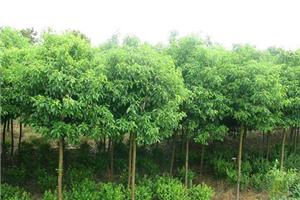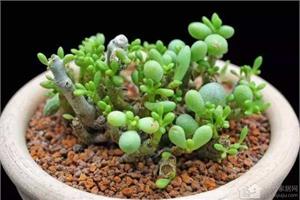The planting method of Ivy the requirement of planting Ivy
It is hot at home in summer, some people like to plant some wall-climbing plants outside to block the sun, so the indoor temperature is not so hot, on the contrary, because they do not use air conditioning directly, so the indoor temperature is cooler. Plus green plants climb to the wall, giving people a sense of comfort, so many people like to plant some plants outside the home to experience, so many kinds of plants Is there a simple wall-climbing plant that is easy to feed? today, let's introduce ivy and explain in detail the planting method of ivy, a wall-climbing plant.

Soil
Ivy is not strict on the soil, resistant to barren, like moist, loose, fertile sandy soil, avoid saline-alkaline soil. Generally use fertile loose soil as pot substrate, such as garden soil and rotten leaf soil mixed in the same amount, or mixed with rotten leaf soil, peat soil and fine sandy soil with a small amount of base fertilizer, or by pastoral soil, plant ash and a small amount of base fertilizer, plant ash can not only keep the potted soil loose and breathable, but also have more potash to meet the growth of ivy. It can also be cultivated with water moss alone.
Light
Ivy is a typical negative vine, which is resistant to dampness and can grow in full light. Can be cultivated in bright rooms for a long time. In a dark room, it can grow well as long as it is supplemented with light. It grows well in warm and humid climate and is not resistant to cold.
When a large number of branches and leaves sprout in spring, regardless of their flowers, leaves and green leaves should be placed in the sun and receive sufficient light, so that the branches and leaves will be luxuriant and sturdy. Usually should be placed in diffuse light, in order to make the leaf color thick green and shiny, flower and leaf varieties in the shaded environment, the leaf color is more beautiful. The extreme summer heat must be kept in a cool and ventilated place.
Watering
Be most careful under the plum rain and the high temperature in summer. The ivy placed outdoors during the rainy season should be poured out as soon as there is stagnant water in the basin, so as not to stain and rot the roots for a long time. The high ambient temperature in summer is disadvantageous to the growth of ivy, and the growth is stagnant above 30 ℃, so foliar sprinkler irrigation should be used. If there is insufficient water, the base of the plant is easy to lose leaves, and too much watering is easy to cause rotten roots. You can choose to water early in the morning or in the evening, lest there is a big difference between soil temperature and water temperature, causing adverse injury to the root system, and finally causing the plant to wither and die.
Winter into the greenhouse for the winter, indoor to maintain the humidity of the air, not too dry, but the basin soil should not be too wet.
Fertilizer application
The management of water and fertilizer should be strengthened at seedling stage to speed up growth. During the growing period, especially in spring and autumn, liquid fertilizer can be applied once a week, or chemical fertilizer can be applied once a month. At the same time, it should be noted that the proportion of nitrogen, phosphorus and potassium in the fertilizer should be 1:1:1, and the nitrogen ratio should not be too high, so as to prevent flowers and leaves from turning green. In the process of plant growth, attention should be paid to pruning to promote more branches and make the plant shape plump. Potted plants for pillars should be often trimmed and heart-picked.
From the point of view of the introduction, we find that the planting and maintenance of ivy is relatively simple compared with other plants, and it does not need to spend too much time to take care of it. It is the most suitable for people who do not have enough time or are usually lazy. It is very good for viewing, elegant and elegant. It is an ideal plant in everyone's mind, especially in summer. It has a good shielding effect on the isolation of some insects. Friends who like to grow some wall-climbing plants at home will not help but consider giving it a try.
Related
- Wuhan Hospital Iron Tree Blooming Result Was Instantly Frightened by the Gardener Master
- Which variety of camellia is the most fragrant and best? Which one do you like best?
- What is the small blue coat, the breeding methods and matters needing attention of the succulent plant
- Dormancy time and maintenance management of succulent plants during dormancy
- Minas succulent how to raise, Minas succulent plant pictures
- What are the varieties of winter succulent plants
- How to raise succulent plants in twelve rolls? let's take a look at some experience of breeding twelve rolls.
- Attention should be paid to water control for succulent plants during dormant period (winter and summer)
- Watering experience of twelve rolls of succulent plants
- Techniques for fertilizing succulent plants. An article will let you know how to fertilize succulent plants.



